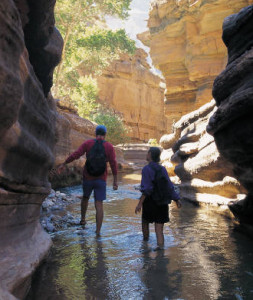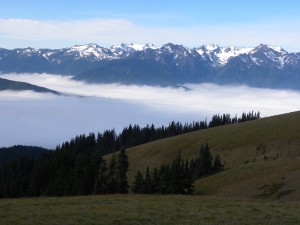I was recently asked to do a talk about why the wilderness makes a good setting for novels, so I decided to write a post about it here.
Reason #1 – I’m passionate about wild places and want to share my love of them with an audience. I can rhapsodize about my obsession with fungi and lichen, my enthusiasm for all wild creatures, and all the endless variations of colors, shapes, and patterns of nature. I do truly believe that—like the Ken Burns PBS series title—our national parks are “America’s Best Idea.” I’d also include all our other public lands in that statement.
Reason #2 – There are so many enticing opportunities for adventure. Hiking, rock climbing, kayaking, canoeing, scuba/snorkeling, swimming, biking, skiing, snowshoeing, you name it.
Reason 3 – There are so many ways to get into trouble.
Reason #4 – Even if you can call 9-1-1 out here, help is not going to arrive any time soon. This offers wonderful opportunities for heroic acts, tragedies, and great drama. And that’s what makes good fiction.
 I used the canyon country of Utah as the setting for my mystery novel ENDANGERED. I couldn’t resist forcing my character Sam to cross a natural rock bridge in the dark, confront a cougar, and explore a slot canyon while searching for a lost child. The dangers of slot canyons become apparent in real life every year. Hikes die of hypothermia and heat stroke, get stuck squeezing through narrow openings, and get trapped by falling rocks.
I used the canyon country of Utah as the setting for my mystery novel ENDANGERED. I couldn’t resist forcing my character Sam to cross a natural rock bridge in the dark, confront a cougar, and explore a slot canyon while searching for a lost child. The dangers of slot canyons become apparent in real life every year. Hikes die of hypothermia and heat stroke, get stuck squeezing through narrow openings, and get trapped by falling rocks.
But my character Sam doesn’t get in trouble in the slot canyon because of heat stroke or being trapped by falling rocks. Her problem begins when it starts to rain in the high country. The Native American name for one of the most famous slot canyons, Antelope Canyon, means “the place where water runs through rocks.” Think about that. A flash flood can happen within minutes inside a constricted space. (“Drowning in slot canyons is more common than people think.”– Garfield County Sheriff’s Office, Utah) So, amazingly, rain can be one of the biggest threats in canyon country.
What do you think is the most common cause of death in national parks across the United States? It’s hard to find the statistics, but there seem to be two leading causes of deaths in national parks.
- Vehicle accidents, especially in parks like Yosemite and the Blue Ridge Parkway.
- Drowning. Why do you think so many people drown in the wilderness? Because they venture into dangerous swift water, and because they don’t consider hypothermia from cold water flowing down from the mountains.
More than a dozen people have been swept over waterfalls in Yosemite National Park in recent years.
Another big cause of death in national parks is accidental falls. And they don’t all involve rock climbing. Many clueless campers have set up tents after dark, only to take a few steps away in the middle of the night and disappear over the cliff they didn’t realize was there.
Other potential scenarios I’ve thought about using in my mysteries (like I said, books need drama):
- forest fire
- wind storm with falling trees
- lightning
- volcanic eruption
- earthquake
- falling through ice or snow bridge
- blindly following a GPS unit into a dangerous area
- hunters who don’t identify their targets
- stray bullets from far away hunters
- scared drunk campers with guns
- overprotective miners with guns
As you can tell, I worry a lot about guns. Maybe that’s because in my area at least two hikers have been killed by careless hunters, others have been fired upon by miners, and one poor woman at a picnic was killed by a stray bullet from oblivious target shooters a mile away.
Yikes! So why do people go into the wilderness at all? Remember that while it can be dangerous (although not as dangerous as driving on a highway), millions of people do explore the wild every year without incident. We go there because of the beauty and the adventure, because it can teach us so much, and because of the wildlife we might encounter.
How often do we truly see everything around us in everyday life? Wilderness forces us to live in the moment and experience our surroundings. The wilderness is a great place to find your own story, or to use as a backdrop for your next novel.
“In every walk with nature, one receives far more than he seeks.” –John Muir


I love wilderness mysteries!!